The Project
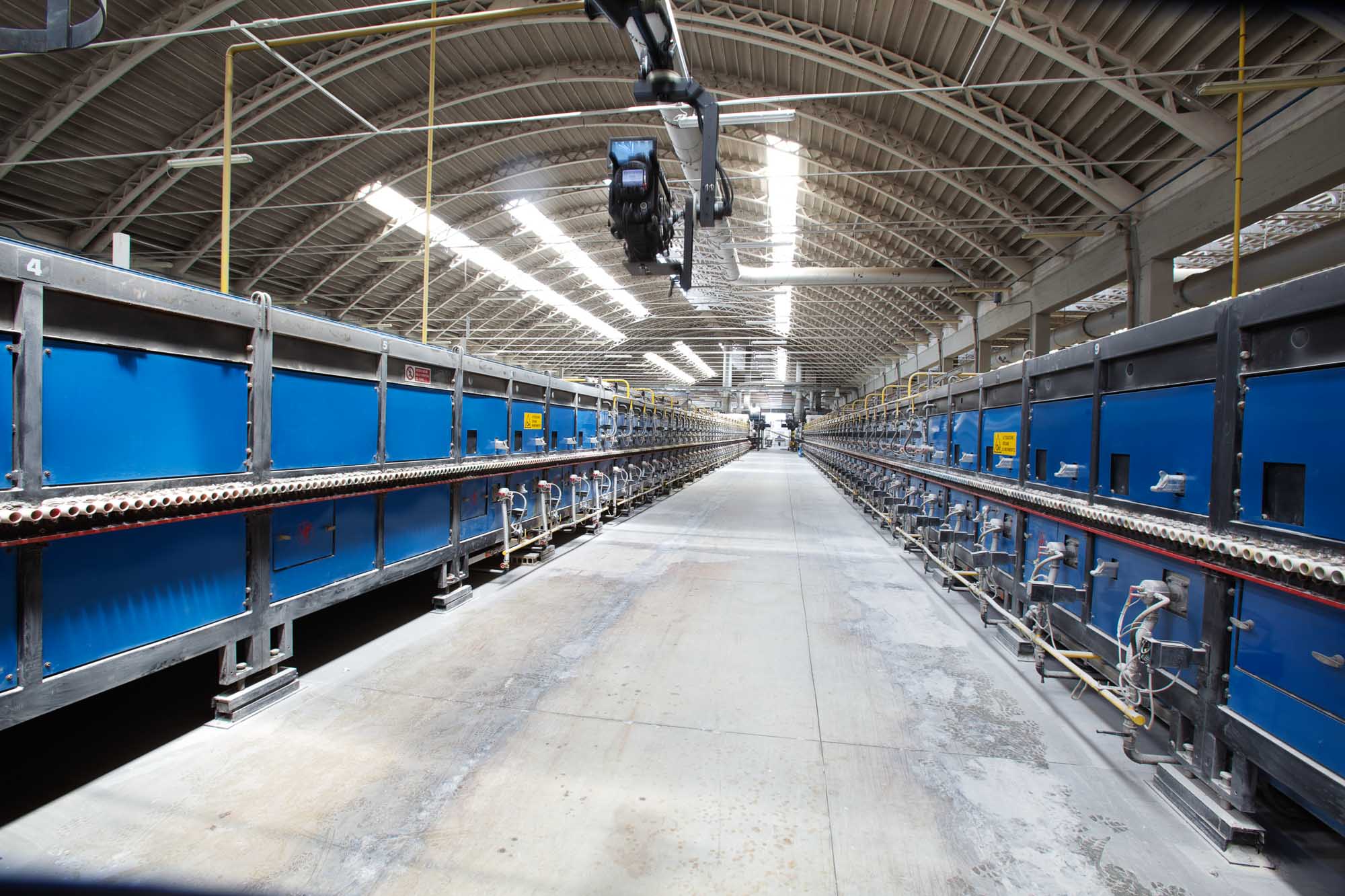
The iWAYS project – Innovative WAter recoverY Solutions through recycling of heat, materials and water across multiple sectors – will develop a set of technologies and systems for industrial processes to recover water and heat, and in some cases materials, from exhaust streams. The aim is to reduce resource consumption and increase energy efficiency.
Environmental challenges will be also addressed, as industries will aim to reduce harmful emissions.
By using Heat Pipe Condensing Economisers with new materials and special designs capable of operating in peak conditions, iWAYS will differentiate itself from other projects in the field and will allow the development of novel heat exchangers to better withstand the corrosive and high particle loaded exhaust.
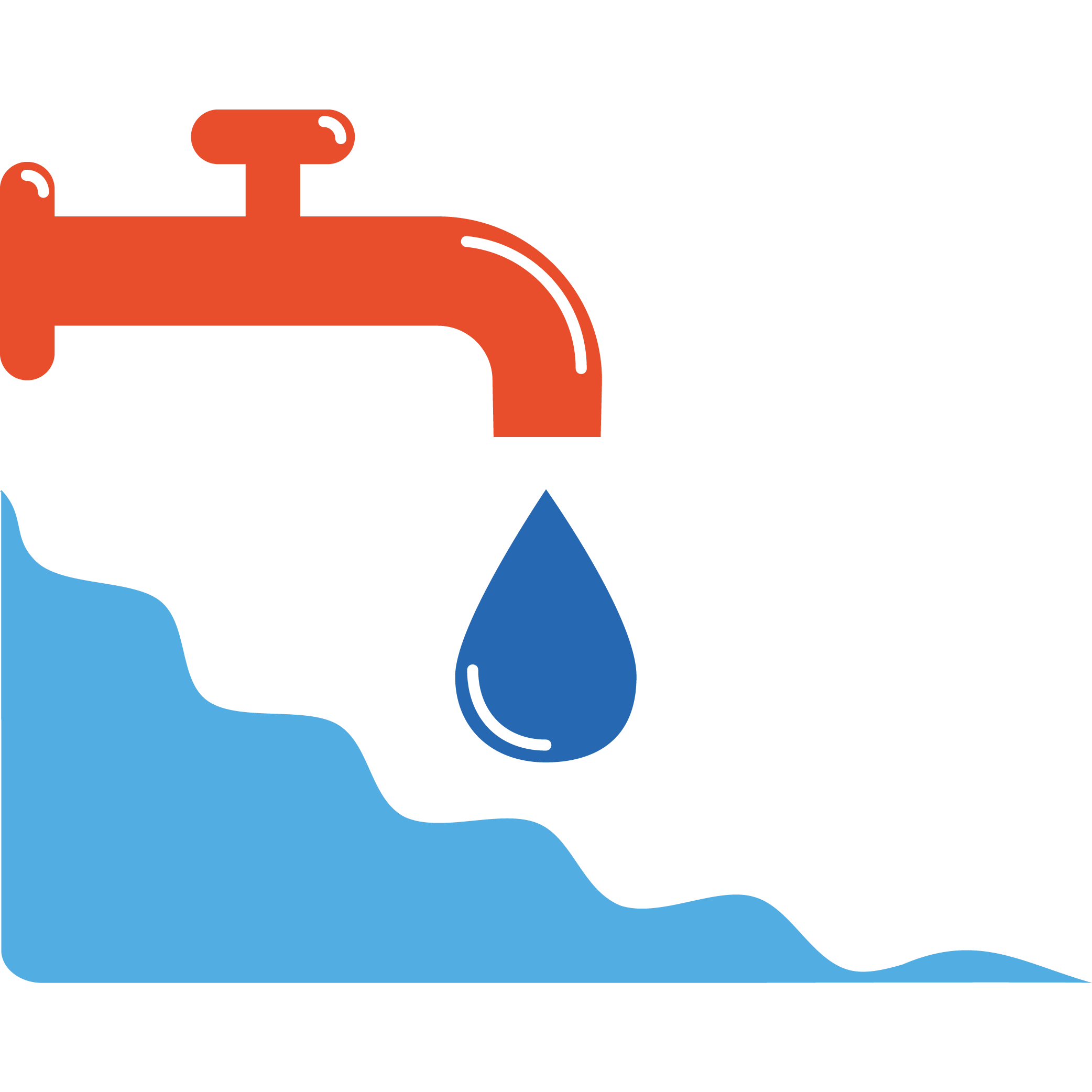
Expected Impact #1
Significant reduction of the current use of freshwater resources – in the use cases freshwater is expected to be consumed between 30% and 60% less.
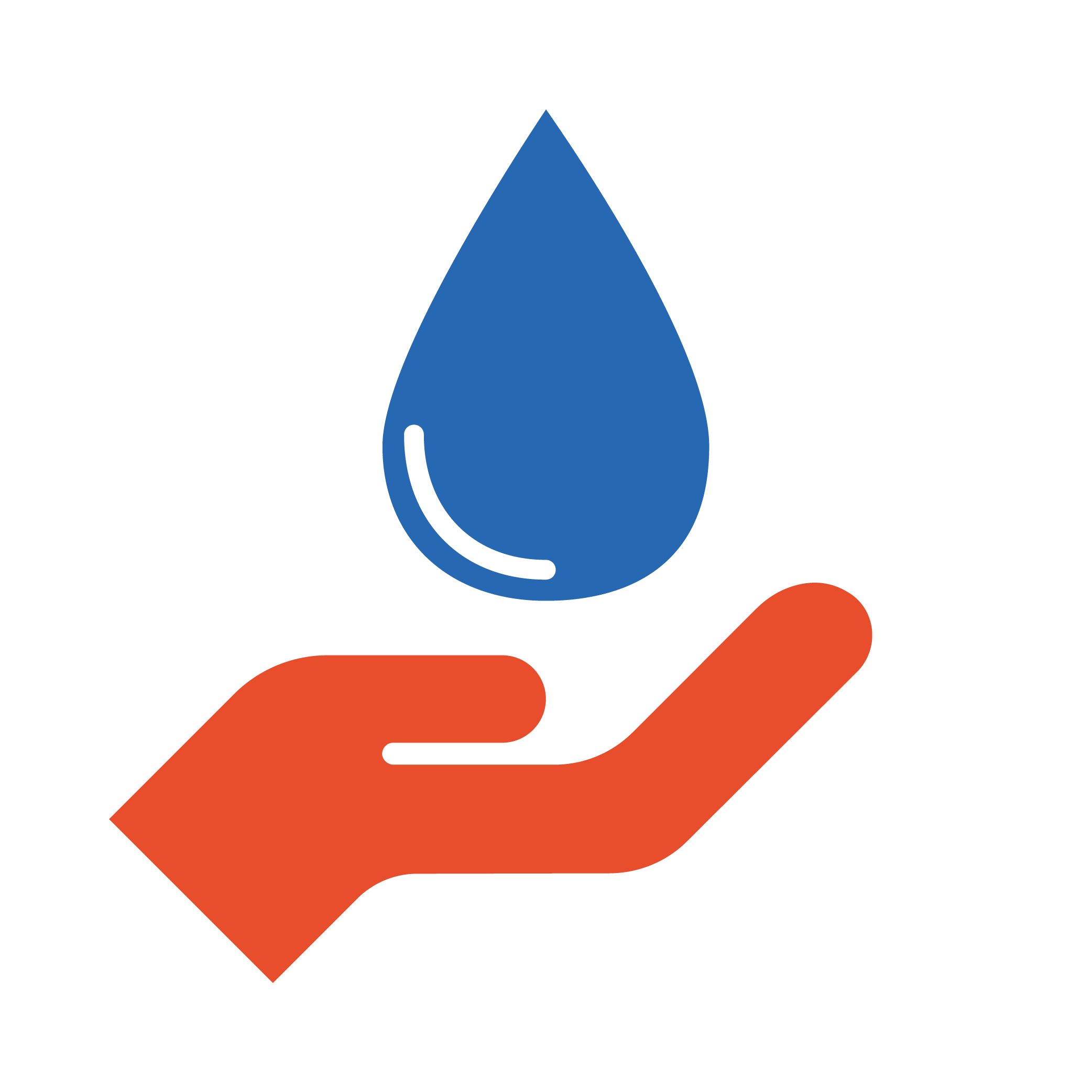
Expected Impact #2
Introducing water closed loop in industrial processes where it is currently impossible due to the harsh conditions of the process or to lack of cost effective alternative methods. The use cases will demonstrate that the iWAYS technology can recover water from the gaseous waste stream of the ceramics, chemicals and steel industries.
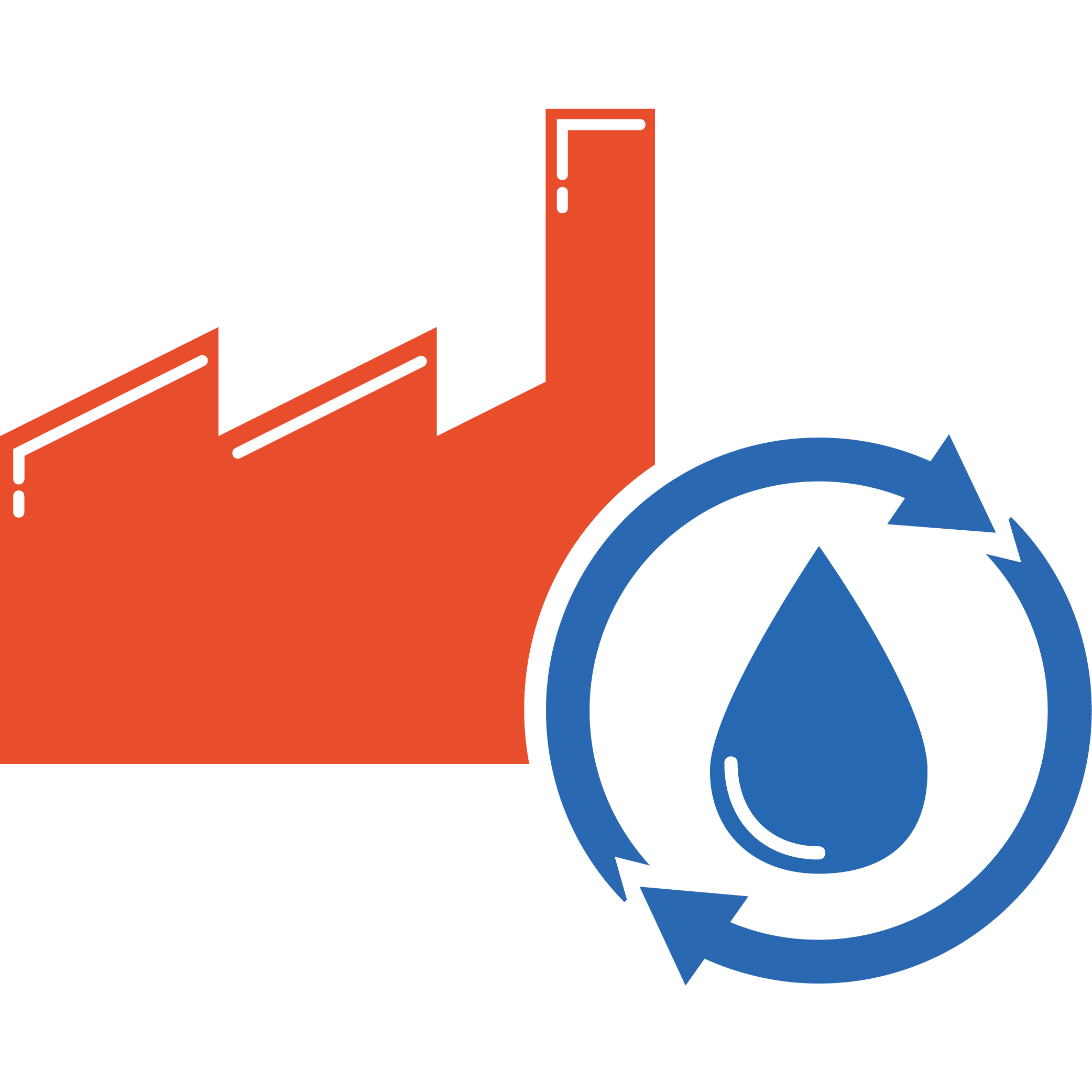
Expected Impact #3
Significant increase in the recovery of water, energy and/or substances. 30% water and waste heat recovery from humid exhaust and recuperation of materials from the flue stream.
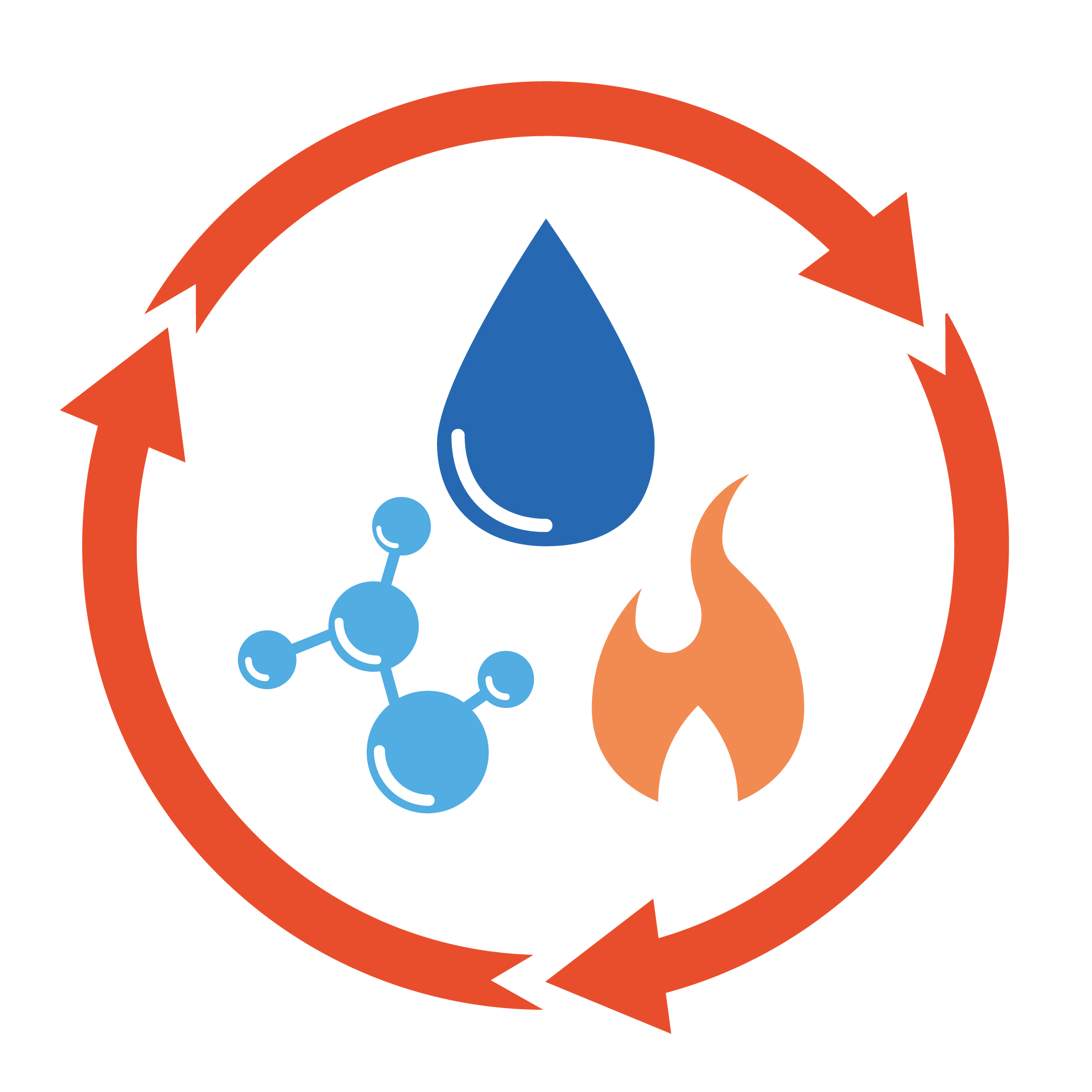
Expected Impact #4
30% increase in resource and water efficiency. By three steps: increasing the temperature of the cooling water, integrating collected rooftop run-off into the feed of the cooling water system, and recycling the water by membrane filtration systems.
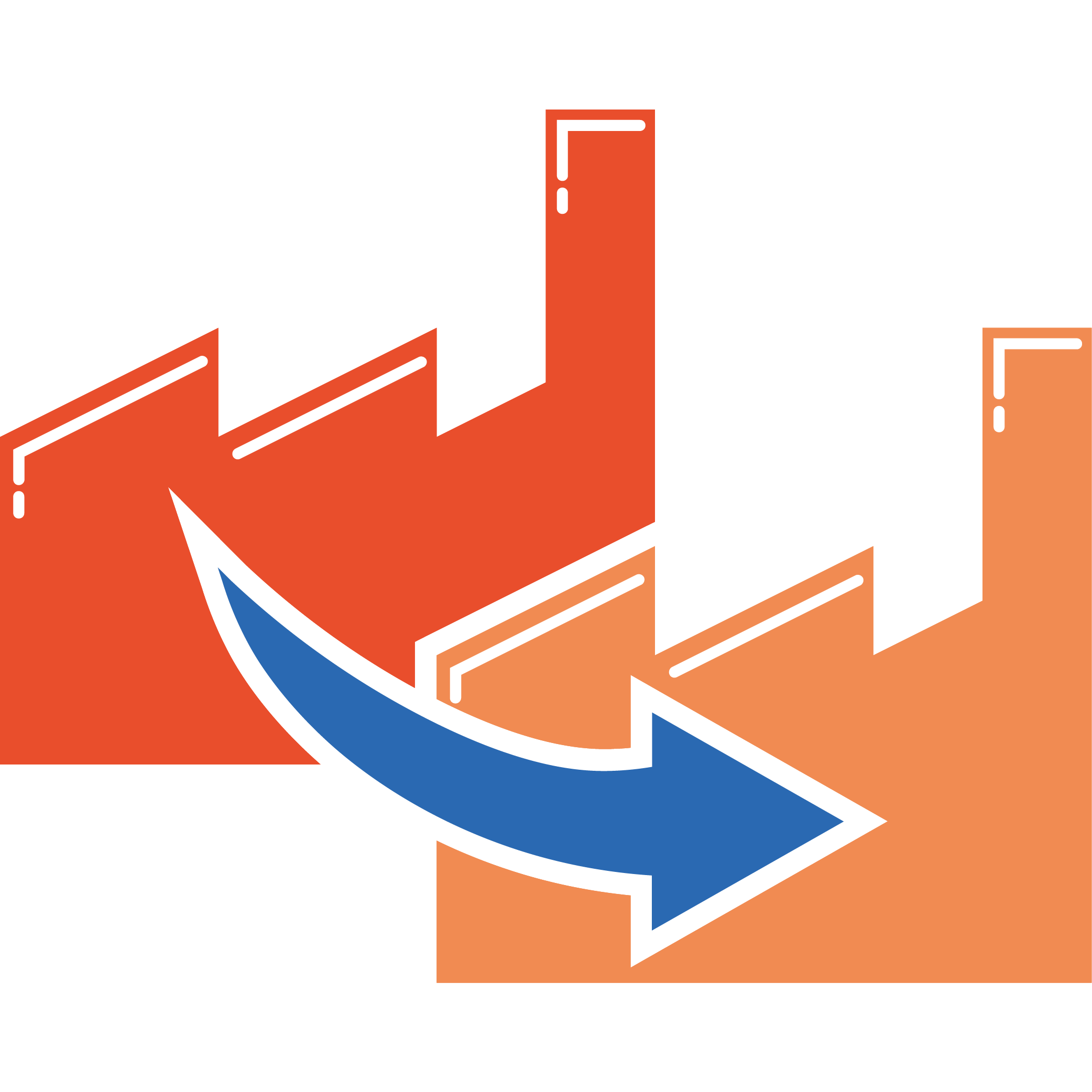
Expected Impact #5
Major innovation outcomes disseminated to the current and next generation of employees. Partners will employ young people in research and industry positions to allow them to develop skills, to enter the job market and to gain first-hand experience by working with large industries. Major innovation outcomes will be integrated in existing curricula and modules for undergraduate to PhD students.
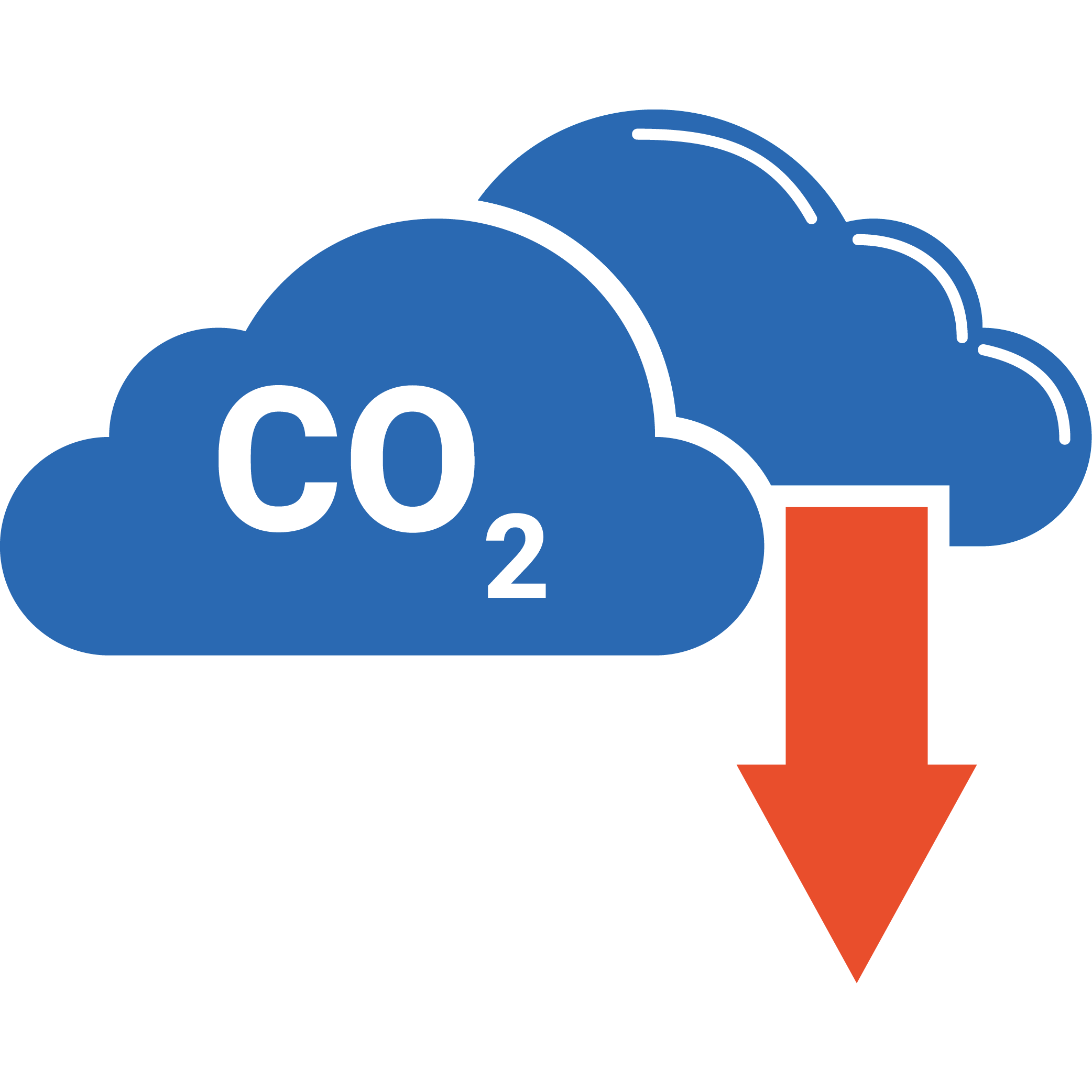
Expected Impact #6
The environmental gains in absolute figures, and weighted against EU and global environmental footprints, should be demonstrated. Especially for water savings and reduction of Greenhouse gas emissions.

Expected Impact #7
Replication potential. The use cases will demonstrate that the iWAYS technology can recover water from the gaseous waste stream of ceramics, chemicals and steel industries. Furthermore, the planned replicability study will show that this technology can be applied to a large number of industrial processes such as cement, aluminium and non-ferrous material, food and paper-pulp.
Ambitions
iWAYS will find ways to reduce, recover and reutilize gaseous, liquid and solid waste. Our ambition is to contribute to a future where industry is sustainable and green. This will require advances in several fields. Each one of these innovations will benefit not only European industry but also society.
Huge environmental benefit:
60% reduction in final gaseous pollutants and more than 70% mass flow of gaseous emissions that are currently released by the industry´s chimneys.
Water recovery and recycle from gaseous emissions
Between 30% to 60% less freshwater consumed.
Recovering unrecoverable heat
Between 10% to 80% reduction in waste heat and energy consumption by recovering thermal energy and sensible heat via Heat Pipe Condensing Economiser systems.
Improving water and material efficiency through recovery and reutilization
A new streamlined framework to condensate water from exhaust and purify the recovered water. Water within streams, which are currently considered as impossible or costly, will be recovered by a new type of Heat Pipe-Based Heat Exchangers and a water treatment system. Up to 90% of discarded water will be recovered from condensate stream.
30% increase in resource and water efficiency. We will provide an extensive system analysis of the industrial production sites (ceramics, chemicals and steel) to propose operational changes to reduce freshwater usage.
Recovery of material by valorising challenging exhaust streams. The iWAYS systems will allow the removal of elements in the exhaust gases, like Boron, VOCs, and acid gases (HF, SOx, NOx, HCl).
Develop a Decision Support System for rethinking industrial production
A Decision Support System will serve as a basis for full-scale implementation of the selected measures in real conditions. The system will be based on the derivation of expert operational rules that allow the different technologies to be operated in an integrated manner in the steel, chemicals and ceramics industries. As a consequence, more data and information will be available about the water and exhaust gases characteristics and detailed measurements about the performance of industrial processes.
Synergetic effects of photocatalysis and nanofiltration
Common Heat Exchangers face several challenges in industrial applications, because of the corrosive and fouling exhaust (particulates or suspensions that could settle onto the surface). The fouling, caused by solid particles and other contaminants in exhaust gases, can be mitigated by HPHEs with the appropriate design and coatings and/or surface post treatment. iWAYS will investigate and develop both numerical models of fluid dynamics and either coating or surface treatments to optimise HPHEs functioning. The project will exploit two main HPHE applications: a) recovery of water vapour generated during moisture removal processes and b) water recovery from combustion.